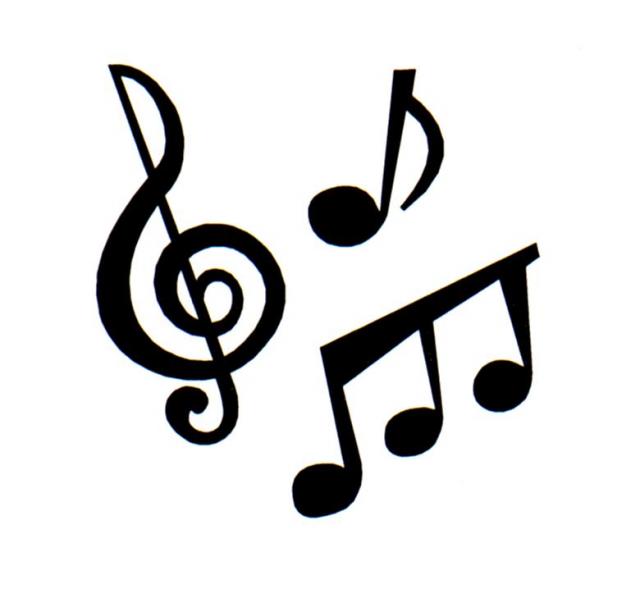Philip Glass
From Wikipedia, the free encyclopedia
Philip Morris Glass (born January 31, 1937[1]) is an American composer. He is considered one of the most influential music makers of the late 20th century.[2][3][4] His music is also often controversially described as minimal music, along with the work of the other "major minimalists" La Monte Young, Terry Riley and Steve Reich.[5]
Glass has distanced himself from the "minimalist" label, describing himself instead as a composer of "music with repetitive structures".[6] Though his early mature music shares much with what is normally called "minimalist", he has since evolved stylistically.[7][8] Currently, he describes himself as a "classicist", pointing out that he is trained in harmony and counterpoint and studied such composers as Franz Schubert, Johann Sebastian Bach, and Wolfgang Amadeus Mozart with Nadia Boulanger.[9]
Glass has founded his namesake musical group, Philip Glass Ensemble, with which he still performs on keyboards, and has written operas, musical theatre works, ten symphonies, eleven concertos, solo works, chamber music including string quartets and instrumental sonatas, and film scores. Three of his film scores have been nominated for Academy Awards.
[....]
https://en.wikipedia.org/wiki/Philip_Glass
Symphony No. 2 (Glass)
From Wikipedia, the free encyclopedia
Philip Glass' second symphony was commissioned by Brooklyn Academy of Music. It was first performed on October 15, 1994, by the Brooklyn Philharmonic Orchestra, conducted by Dennis Russell Davies.
Scoring and structure[edit]
The work is scored for piccolo, two flutes, two oboes doubling English horn, E-flat clarinet, two B-flat clarinets, bass/contrabass clarinet, two bassoons, four horns, three trumpets, three trombones, tuba, four percussionists, piano, harp, and strings.[2] It has three continuous movements with contrasting themes and lasts approximately 40 minutes.
Glass commented on his use of polyphony in the work that "The great experiments of polytonality carried out in the 1930s and 40s show that there's still a lot of work to be done in that area. Harmonic language and melodic language can coexist closely or at some calculated distance, and their relationship can be worked out in terms of either coexisting harmonies or ambiguous harmonies...I'm more interested in the ambiguous qualities that can result from polytonality — how what you hear depends on how you focus your ear, how a listener's perception of tonality can vary in the fashion of an optical illusion. We're not talking about inventing a new language, but rather inventing new perceptions of existing languages."[3]
https://en.wikipedia.org/wiki/Symphony_No._2_(Glass)
